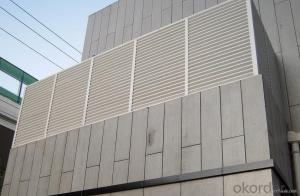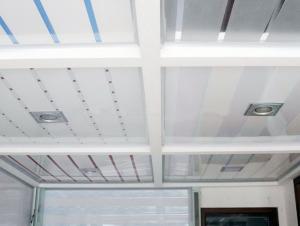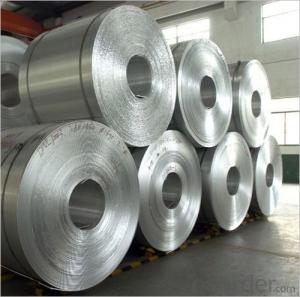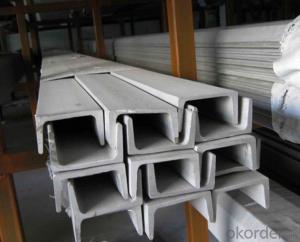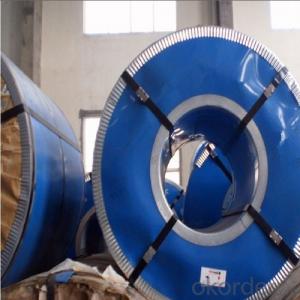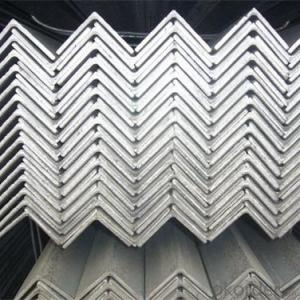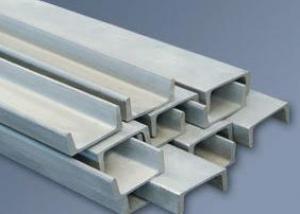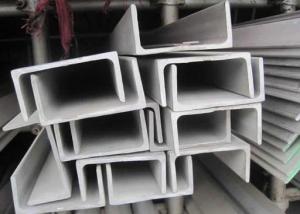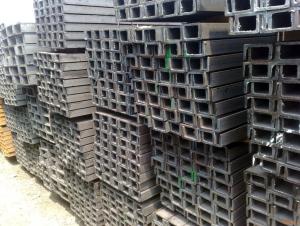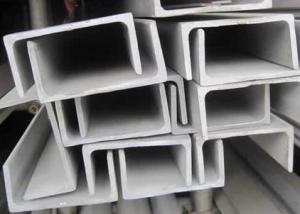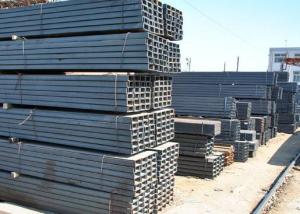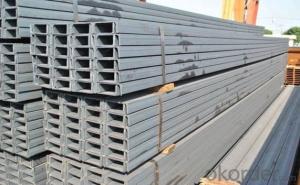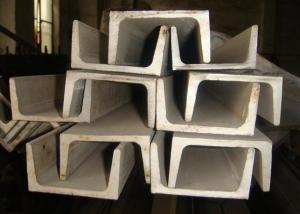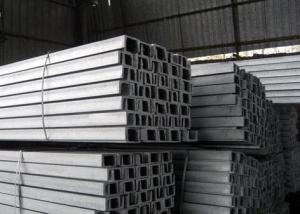Stainless Steel Hot Tubs
Stainless Steel Hot Tubs Related Searches
Best Paint For Stainless Steel Blanket Insulation For Steel Buildings Primer For Galvanized Steel Foam Filter For Stainless Steel H S Code For Stainless Steel Surface Grinding Wheels For Stainless Steel Surface Grinding Wheels For Hardened Steel Hole Saw For Stainless Steel Paint For Stainless Steel Stainless Steel For BbqHot Searches
Steel Mesh Panels For Sale Stainless Steel Tank For Sale Stainless Steel Sheets For Sale Cheap High Tea Sets For Sale Stainless Steel Tanks For Sale Stainless Steel For Sale High Density Fiberboard For Sale Solar Hot Water Collectors For Sale Scaffolding For Sale In Uae Scaffolding For Sale In Ireland Scaffolding For Sale In Houston Price Of Shipping Containers For Sale Used Solar Inverter For Sale Portable Led Signs For Sale Stone Hot Water Bottles For Sale Aluminum Coil Stock For Sale Large Led Screens For Sale Aluminum Gutter Coil For Sale Used Aluminum Scaffolding For Sale 1/4 Aluminum Plate For SaleStainless Steel Hot Tubs Supplier & Manufacturer from China
Okorder.com is a professional Stainless Steel Hot Tubs supplier & manufacturer, offers integrated one-stop services including real-time quoting and online cargo tracking. We are funded by CNBM Group, a Fortune 500 enterprise and the largest Stainless Steel Hot Tubs firm in China.Hot Products
FAQ
- Certainly! Architectural or decorative purposes can definitely make use of stainless steel channels. With its versatility and durability, stainless steel offers a sleek and modern look, making it a popular choice for architectural and decorative applications. The channels can be used in various ways, such as framing glass panels, creating handrails, trim, or edging. They can also bring in unique and contemporary designs, adding a touch of elegance and sophistication to any space. Furthermore, stainless steel channels are resistant to corrosion, making them suitable for both indoor and outdoor use. Whether it's for residential, commercial, or public spaces, stainless steel channels can enhance the aesthetic appeal and functionality of architectural and decorative elements.
- Yes, stainless steel channels can be used in corrosive or acidic soil conditions. Unlike other materials, stainless steel is highly resistant to corrosion and can withstand exposure to acidic environments. It contains a higher proportion of chromium, which forms a protective layer on the surface called the passive film. This layer acts as a barrier, preventing the metal from reacting with the surrounding environment. As a result, stainless steel channels can be an excellent choice for applications where corrosion or acidic conditions are present, providing durability and longevity in such soil conditions.
- Yes, stainless steel channels are available in different lengths. Stainless steel channels, which are commonly used in construction and industrial applications, are manufactured in various standard lengths to accommodate different project requirements. These lengths typically range from 6 to 20 feet, but can also be customized to specific lengths based on the customer's needs. The availability of different lengths ensures that stainless steel channels can be easily integrated into different structures and projects.
- Certainly! Support beams in construction can utilize stainless steel channels. Stainless steel possesses durability and resistance against corrosion, allowing it to endure heavy loads and offer structural stability. Its application is prevalent in construction endeavors that prioritize strength and longevity, such as the construction of bridges, high-rise buildings, and industrial structures. With their purpose of providing supplementary support and reinforcement, stainless steel channels are aptly designed for deployment as support beams in construction.
- A variety of stainless steel channel shapes are available, each designed to meet specific needs and applications. Some commonly used shapes include: 1. U-Shaped Channels: These channels have a cross-section in the shape of a U, with two parallel flanges and a flat base. They are widely used in structural applications that require strength and stability. 2. C-Shaped Channels: Also known as C-channels or C-sections, these channels have a cross-section in the shape of a C, with a flat back and two perpendicular flanges. They are commonly used in construction, automotive, and manufacturing industries for framing and support purposes. 3. Hat Channels: Hat channels, or H-sections, have a shape resembling an inverted hat. They consist of two parallel flanges connected by a flat base, offering excellent strength and load-bearing capabilities. These channels are frequently used in construction for framing walls, ceilings, and roofs. 4. Box Channels: Box channels, also called square or rectangular channels, have a hollow, box-like cross-section. They have four sides, including two parallel flanges and two perpendicular walls. These channels are often used in applications requiring high strength and rigidity, such as machinery construction and architectural structures. 5. Miscellaneous Channels: In addition to the standard shapes mentioned above, there are various specialty stainless steel channels available. These include tapered channels, custom profiles, and channels with rounded edges, among others. These unique shapes cater to specific design requirements and are found in industries like aerospace, marine, and interior design. When selecting the appropriate stainless steel channel shape for a project, it is crucial to consider the specific application, load-bearing requirements, and desired aesthetics. Seeking guidance from a professional or supplier can help determine the most suitable shape for your specific needs.
- Yes, stainless steel channels can be used for water or wastewater treatment plants. Stainless steel is a highly durable and corrosion-resistant material, making it suitable for use in environments where water and wastewater are present. It has excellent resistance to rust, chemicals, and staining, which are common challenges in water treatment facilities. Stainless steel channels can withstand the harsh conditions and corrosive elements found in these plants, ensuring a long lifespan and minimal maintenance requirements. Additionally, stainless steel is hygienic and easy to clean, making it an ideal choice for applications where sanitation is crucial, such as water and wastewater treatment. Overall, stainless steel channels provide a reliable and efficient solution for the construction and operation of water and wastewater treatment plants.
- Stainless steel channels are highly suitable for use in the mining industry. Their exceptional resistance to corrosion, a characteristic for which stainless steel is well-known, makes them an ideal choice for harsh mining environments. Exposure to water, chemicals, and abrasive materials, common in mining operations, can cause corrosion and deterioration in other materials. However, stainless steel's corrosion resistance ensures longevity and durability in mining applications. Moreover, stainless steel channels possess remarkable strength and impact resistance, enabling them to withstand heavy loads and harsh conditions typically encountered in the mining industry. This strength is crucial for supporting structures, equipment, and machinery in mining operations. Additionally, stainless steel channels exhibit excellent heat resistance, allowing them to maintain their structural integrity even in high-temperature mining environments. Additionally, stainless steel channels offer versatility in design and construction. They can be easily customized and fabricated to meet specific requirements, enabling efficient and effective installation in various mining applications. Stainless steel is also effortless to clean and maintain, reducing downtime and increasing productivity in mining operations. To summarize, stainless steel channels are an excellent choice for the mining industry due to their corrosion resistance, strength, impact resistance, heat resistance, versatility, and ease of maintenance. Whether utilized in structural support, equipment fabrication, or other applications, stainless steel channels provide the durability and reliability required for the demanding conditions of the mining industry.
- The appropriate spacing between stainless steel channels in a drainage system is typically determined by considering factors such as the volume and rate of water flow, the size and type of debris expected, and the level of maintenance required. It is important to ensure that the spacing allows for efficient water drainage while preventing clogging or blockages.
